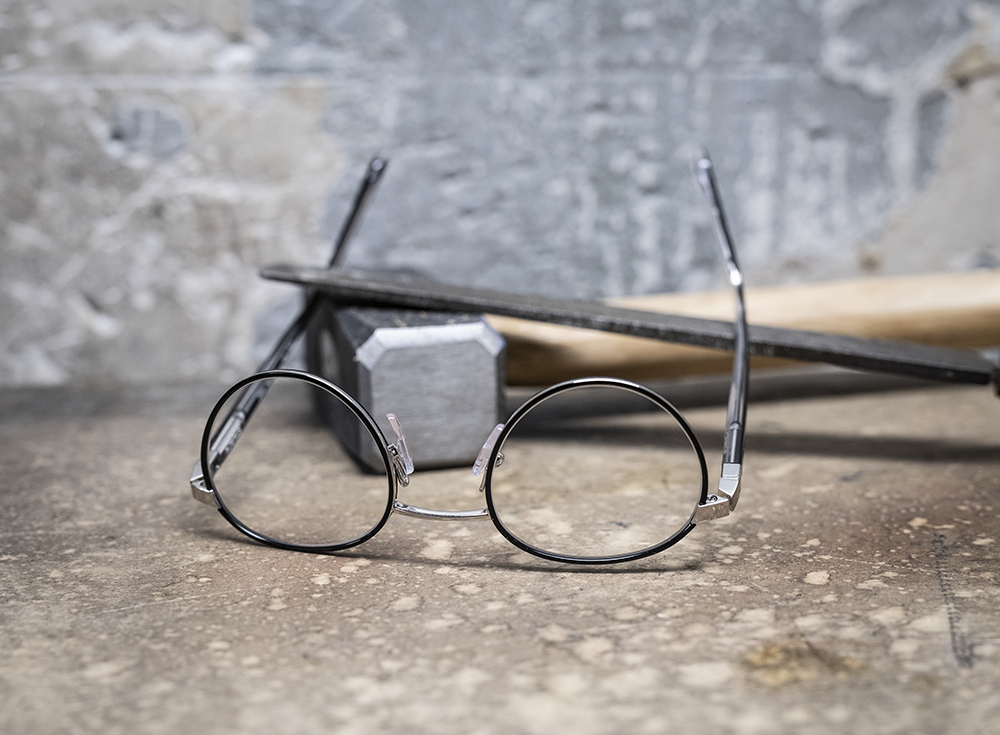WHAT LENSES TO CHOOSE FOR MY GLASSES?

At Essilor, we put all our know-how and innovations at the service of spectacle wearers. Although it is essential to see well in order to live well, wearers sometimes find it difficult to choose ophthalmic lenses that are adapted to their visual needs.
Your lenses do more than just correct your vision
At Essilor, we put all our know-how and innovations at the service of spectacle wearers. Although it is essential to see well in order to live well, wearers sometimes find it difficult to choose ophthalmic lenses that are adapted to their visual needs.
Bringing you the best vision day after day is not only about correcting myopia, astigmatism, presbyopia or hyperopia. It also means providing you with maximum comfort and precision in all circumstances, in all the activities you undertake.
Your lenses also contribute to preserving your long-term visual health by protecting your eyes from harmful blue light and UV rays.
Finally, we optimize your lenses to offer you more clarity, by fighting against all the enemies of vision (dirt, scratches, reflections, dust, glare, etc.).
CORRECTING YOUR VISION: THE CHOICE OF DESIGN
When it comes to eyeglass lenses, there are 3 main categories of design to distinguish:
1. Single vision lenses
These are used to correct the most common sight problems, namely myopia, hyperopia and astigmatism. They have the same correction power over their entire surface.
In this category, Essilor offers the Eyezen spectacle lens, designed to relieve visual fatigue and help protect your eyes from harmful blue light, with or without visual correction.
2. Multifocal lenses
Used to treat presbyopia and special visual deficiencies, they are composed of two or three correction zones (near, intermediate and distance vision). Once widely used, they are no longer used because of their unattractive appearance.
3. Progressive lenses
Invented by the Frenchman Bernard Maitenaz in 1959 (Varilux progressive lenses), they also allow presbyopia to be corrected using different correction zones. However, unlike multifocal lenses, the correction is made progressively over the entire surface of the lens. The delimitation between the different zones is invisible and the correction is more gentle. With a single pair of glasses, you can see both near and far, as well as in intermediate vision.

PROTECTING YOUR EYES AND OPTIMIZING YOUR LENSES: THE CHOICE OF MATERIAL
In order to meet the specific needs of each wearer, Essilor laboratories have developed lenses made of different materials with unique properties. To enjoy good vision for a long time, correcting your eyesight is not enough. It is just as important to protect your eyes:
Protect your eyes from harmful blue light and UV
Whether you are exposed to it outdoors (with sunlight) or indoors (when viewing backlit screens or LED lighting), Blue UV Capture and Eye Protect System filter materials cut out at least 20% of harmful blue light, between 380 and 455 nanometres. They also block 100% of UV light.
Protect your eyes from glare
Transitions photochromic lenses, whose tint varies according to the light, reduce the sensation of glare that can be a source of discomfort.

Organic Lenses
The result of our know-how, these lenses are designed for you, whether you are looking for thinness, lightness, resistance or low prices. They allow you to access a glass with greater resistance to impact at the best price:
- Are you looking for extra strength? Turn to Essilor Airwear lenses, which are both light and ultra-resistant to impact.
- For thinner lenses, we recommend our Ormix lens, suitable for small and medium corrections, as well as the Stylis lens, for great finesse and perfect aesthetics.
- For very strong corrections, Lineis lenses benefit from the best of Essilor technology for an ultra thin and ultra flat result.
Mineral lenses
Today, they are hardly ever used. The fragility of the mineral material prohibits its use for children and monophthalmic people (who can only see out of one eye). It is also not recommended for sportspeople and people whose glasses may be exposed to shocks.
PROTECTING YOUR EYES AND OPTIMIZING YOUR LENSES: THE CHOICE OF COATING
A coating is composed of different layers that interact on the surface of the lens. In the case of anti-reflective coating, the light reflection coefficient decreases and the proportion of light transmitted through a dioptre (the surface separating two transparent media) increases. Thus, an anti-reflective coating offers exceptional visual comfort, eliminating the most annoying reflections during activities such as reading or driving at night.
The people around you also benefit, as there is no glare on the front surface of the lens, leaving your eyes clearly visible. But that's not all:
- The so-called "anti-reflective" surface coatings also help to make your lenses easier to clean and limit fingerprints, fog and dust.
- The tint of your lenses limits the sensation of glare.
- A hardening varnish is also applied to your lenses to prolong their durability and make them more scratch-resistant.

